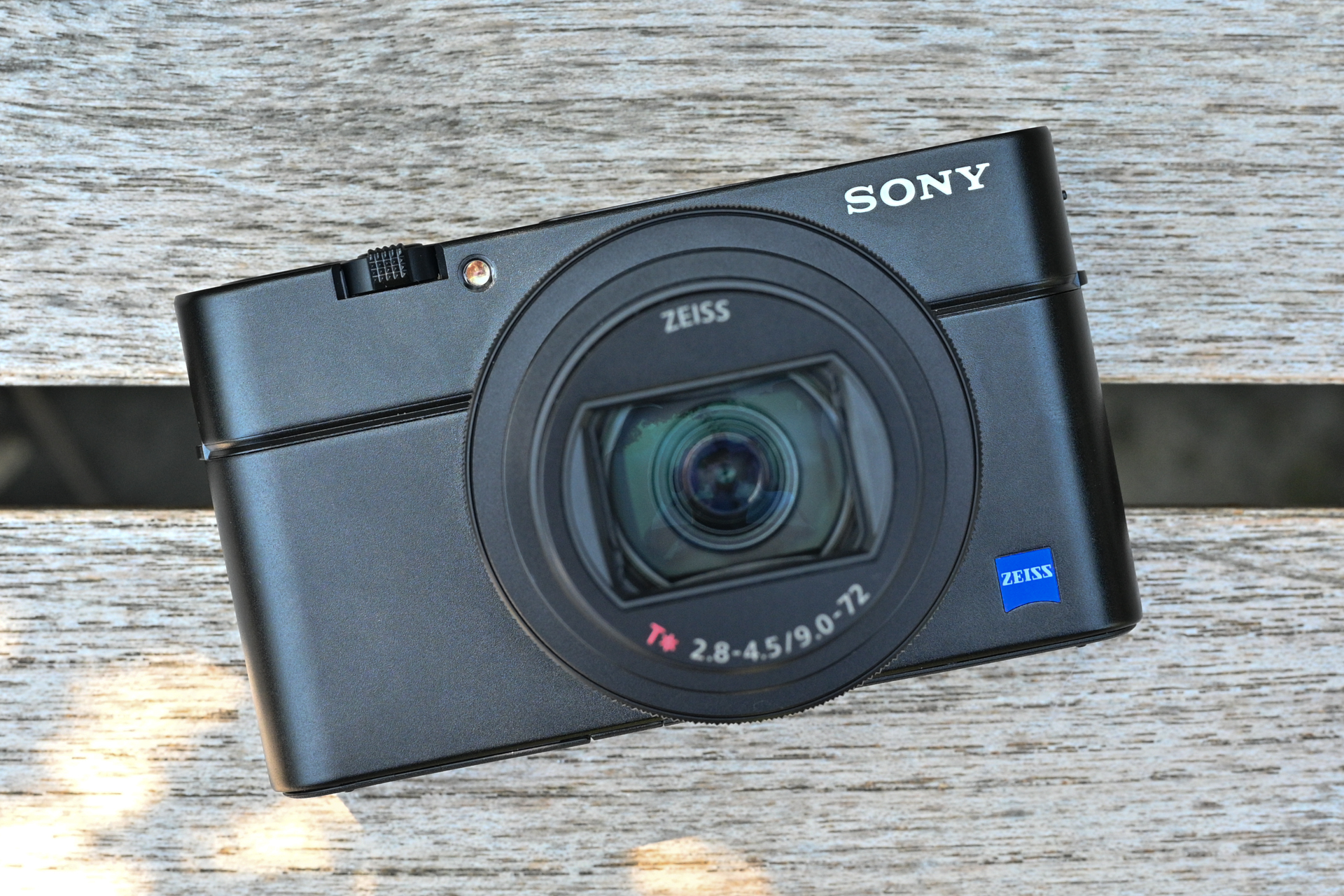
The European Union's Common Charger Directive approved in 2022 comes into force on December 28, 2024, requiring all small and medium-sized devices with wired charging capabilities to feature a USB-C port in order to be eligible for sale within the EU. Mobile phones, headphones, tablets, e-readers and yes, digital cameras and more, are all affected by the EU's USB-C law.
Multiple forgotten cameras that are still on sale today, typically featuring a micro USB port instead, are going to be affected by this law. We've already seen camera brands taking action: new mirrorless cameras feature USB-C now, while recently Leica launched the EU-compliant D-Lux 8 to replace the D-Lux 7; OM System updated the Tough TG-6 with the Tough TG-7; and Panasonic released the Lumix FZ80D / FZ82D to replace the Lumix FZ80 / FZ82.
In the aforementioned cases, it's not unfair to say that EU compliance was the main motivator for bringing new models to market: they are all minor refreshes of cameras that are many years old, featuring a micro USB port that's soon to be old hat. The Lumix FZ80D / FZ82D might be new to 2024, but it has Lumix FZ80 / FZ82 tech that's several years old, save for its USB-C port.
Leica, OM System and Panasonic's approach got me thinking. What other long-in-the-tooth cameras could get a successor that can legally be sold in the EU from 2025 and beyond? Will brands simply refresh those older models by installing a USB-C port, or rework these models altogether with the latest tech?
I've compiled the best cameras still available today that will soon be stripped from EU shelves, if not across the globe, and picked my favorite digital cameras that could make a surprising return from the grave in the form of an enforced successor, potentially in the next six months or so.
1. Nikon and (some) Canon DSLRs?
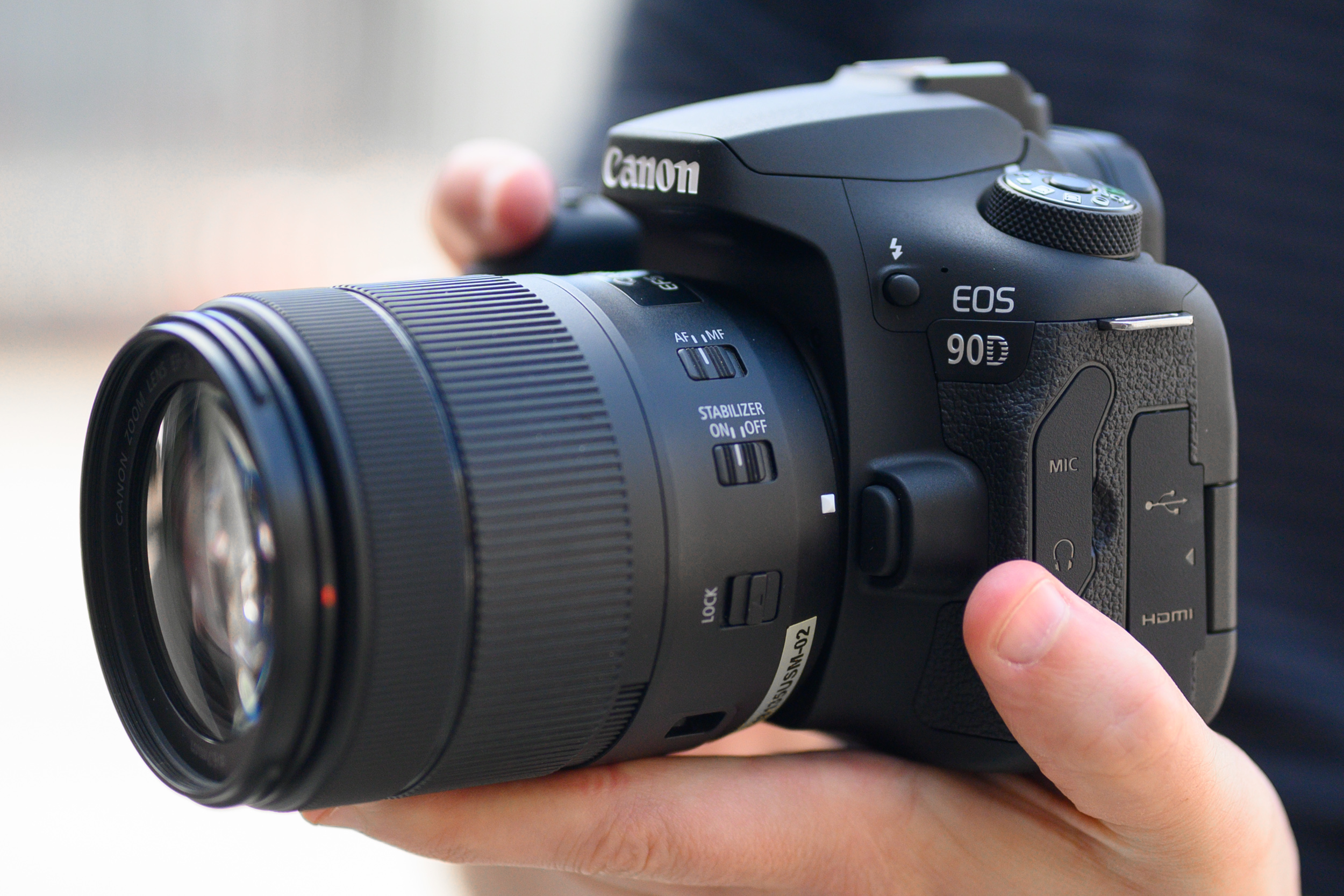
Almost all Nikon and Canon DSLRs were made before USB-C was really a thing. Strictly speaking though, not all of these devices are chargeable by wire, period, so are they affected by the EU's USB-C law? I've asked both manufacturers for comments and will update this article once this is cleared up.
If DSLRs were to be stripped from the shelves in the EU, though they could still be sold in the US, then the best models currently still on sale without USB-C include the Nikon D850, Nikon D7500 and Canon EOS 90D. The flagship Canon EOS 1D X Mark III has a USB-C port already but cannot be charged by it.
If a new DSLR was to be launched with USB-C charging, which would be a very handy feature to be fair, I'd be surprised if there were many other noteworthy upgrades from its USB-C-less predecessor. For example, a would-be Nikon D7600 could get USB-C charging, but we probably won't see a higher resolution sensor or better burst shooting performance.
2. Sony Cyber-shot RX100 VII
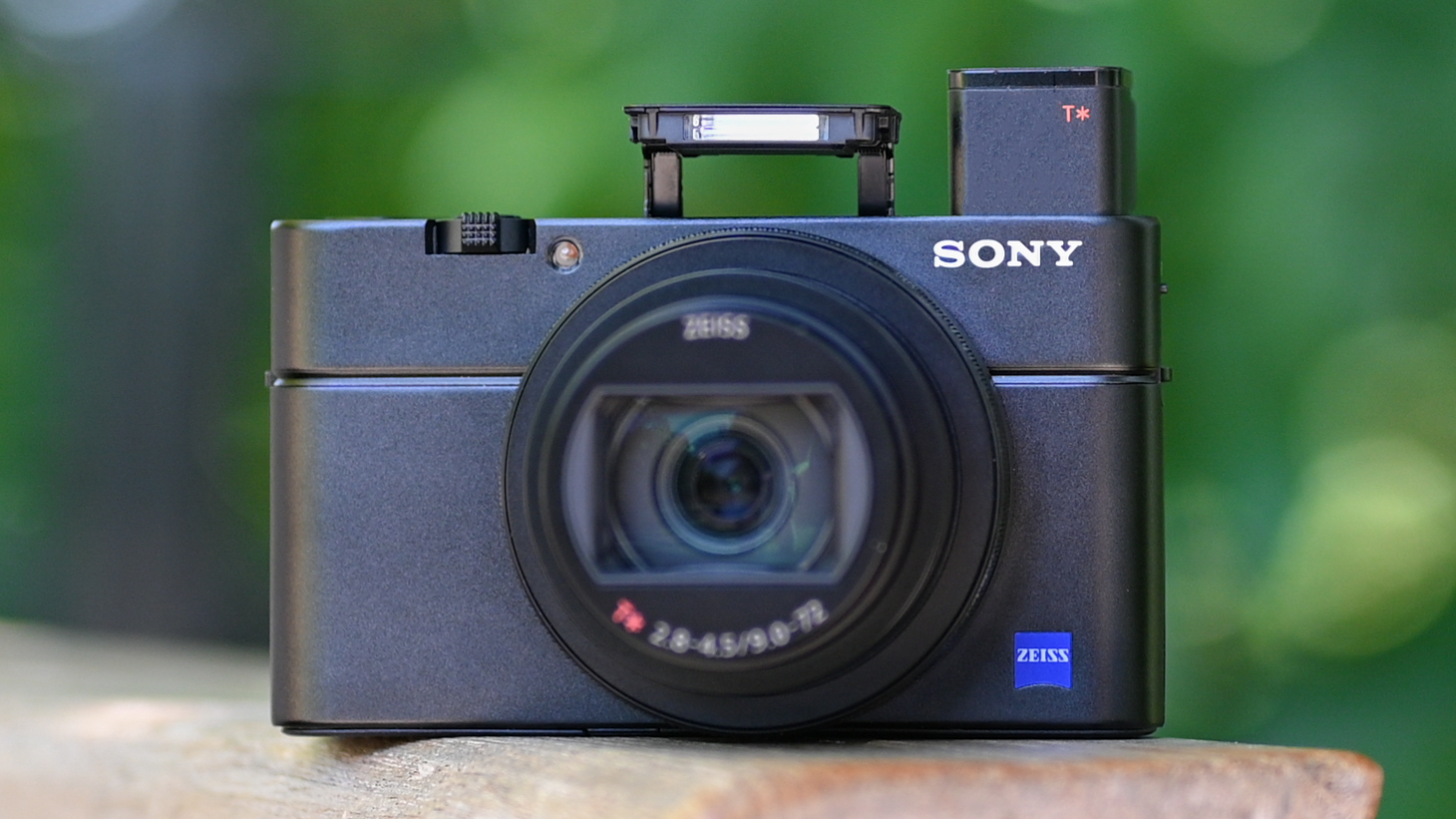
One of the best compact cameras still on sale, and one of the best value, is the Sony Cyber-shot RX100 VII. We believe the line is dead, because Sony launched a new model every year from 2012, culminating in the RX100 VII in 2019, which five years later has not been replaced.
Although it looks like Sony has let the line die, compact cameras have been making a comeback recently, and it's not entirely implausible that Sony could launch a Sony Cyber-shot RX100 VIII soon, even if it's essentially a RX100 VII with a USB-C port rather than a new model with the latest tech. However, of all the leading camera manufacturers, Sony is the least likely to simply rehash an old model, and I'd expect a future RX100 VIII to feature several improvements over the current model, especially in the processor and autofocus department.
3. OM System OM-5
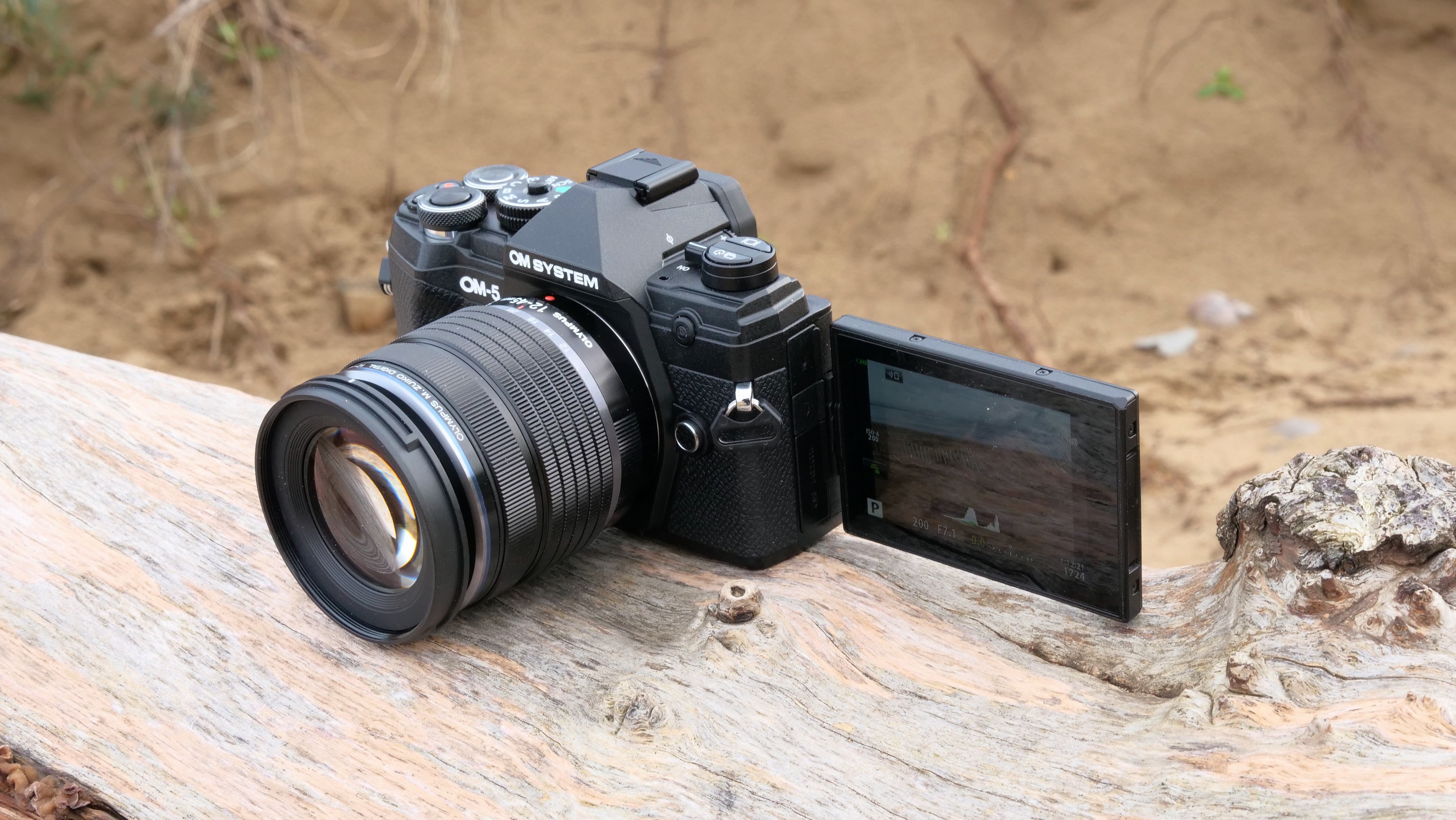
Our favorite travel camera remains the OM System OM-5, which still has a lot going for it; a compact design, incredible image stabilization, clever computational photography modes and superb lenses. One thing it lacks, however, is USB-C.
The OM-5 was launched in 2022 just before the new USB-C law was announced, and it's the newest camera on this list. However, it has proved a poor choice by OM System to fit the OM-5 with micro USB.
What upgrades might we expect from what would likely be called an OM System OM-5 II? Not much, most likely. Since acquiring Olympus, OM Digital Solutions has set about rebranding the cameras to OM System through new models, without any meaningful hardware improvements. Indeed, the OM-5 was just a refresh of the E-M5 Mark III, and we'd expect nothing more than a USB-C port instead of micro USB should the OM-5 get replaced, and maybe the addition of a computational photography mode or two.
4. Sony Cyber-shot RX10 IV
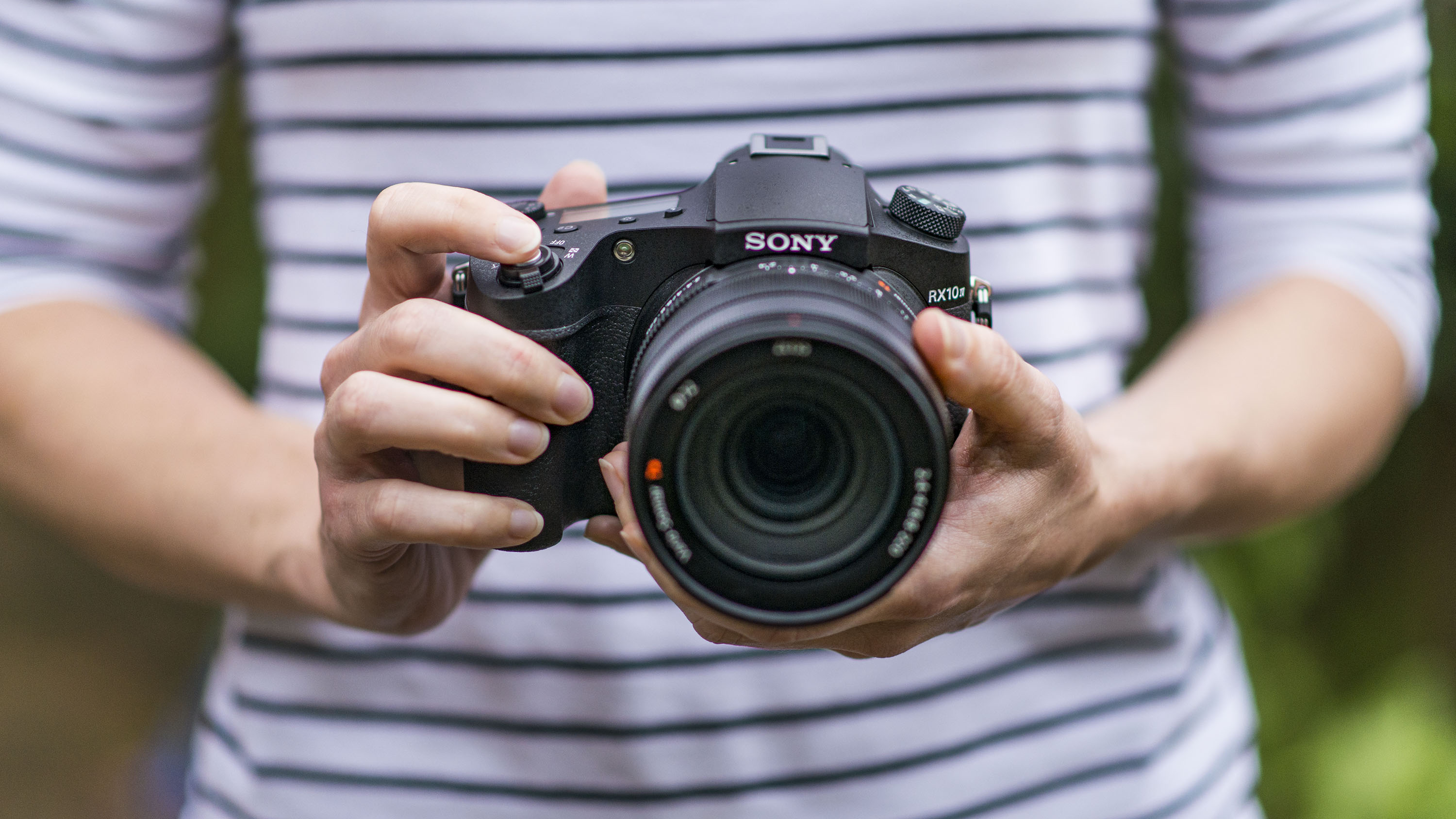
Another Sony entry is the Cyber-shot RX10 IV, the best bridge camera ever made. Panasonic relaunched 2017's Lumix FZ80 / FZ82, bringing bridge cameras back from the dead. And if there's one other bridge camera we'd want revived, it's definitely the RX10 IV.
We might not see much change in the lens and sensor department in a new Sony bridge camera, but it's possible that Sony could install a potential Cyber-shot RX10 V with a new processor, faster burst shooting, the latest autofocus system with tracking subject detection, and yes, USB-C charging. Equipped with Sony's latest tech, this new super-zoom would offer an unrivaled blend of power and versatility.
5. Nikon Coolpix P950
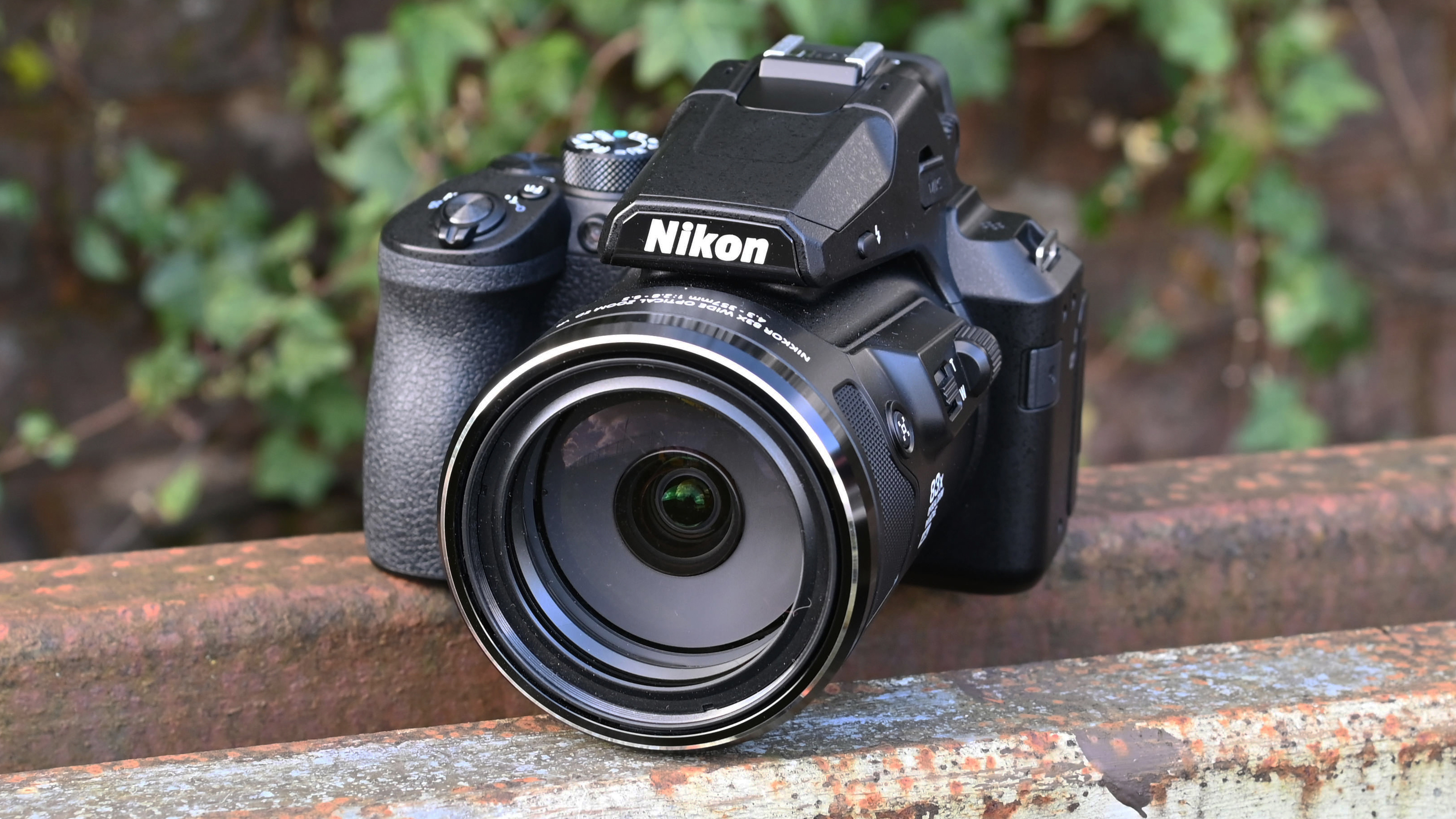
Sticking on the theme of bridge cameras, the Coolpix P950 announced at CES in 2020 is the pick of the bunch still currently on sale from Nikon, and it has a micro USB port.
The versatile snapper has a huge 83x zoom, 16MP stills in RAW and JPEG, plus 4K video, but it wouldn't take a lot to improve on its handling. For instance, a meaningful update beyond just adding a USB-C port would be fitting the potential successor with a touchscreen – the P950's vari-angle LCD screen isn't touch sensitive.
Other honorable mentions
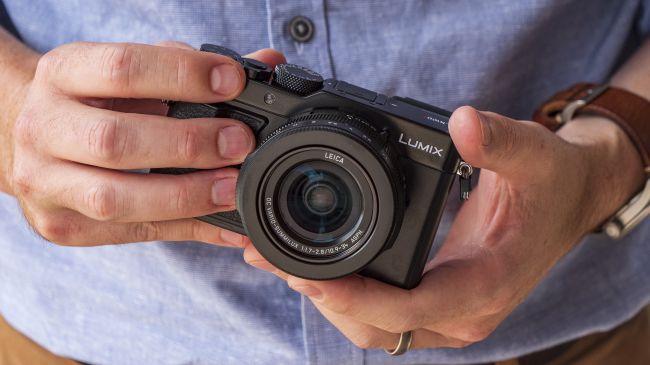
In addition to the above, I think there would be decent interest in a Panasonic Lumix LX100 III, succeeding the LX100 II which is what the now-replaced Leica D-Lux 7 is based on. There's a growing demand for compact cameras once more, and the LX100-series, equipped with a fast aperture lens, Micro Four Thirds sensor, and moderate zoom, was one of the most accomplished of the lot.
Another Sony model that seems to be in demand once more, since the popularity of the Fujifilm X100VI has kindled interest in large sensor fixed lens compact cameras, is the RX1R II. The full-frame 42.2MP compact with fixed 35mm f/2 lens is almost ten years old, and there's rumors that Sony could bring the series back to life. A mark III version could feature Sony A7CR tech, including a 61MP sensor and better autofocus, to become a serious Leica Q3 challenger, and we'd be all for that.







